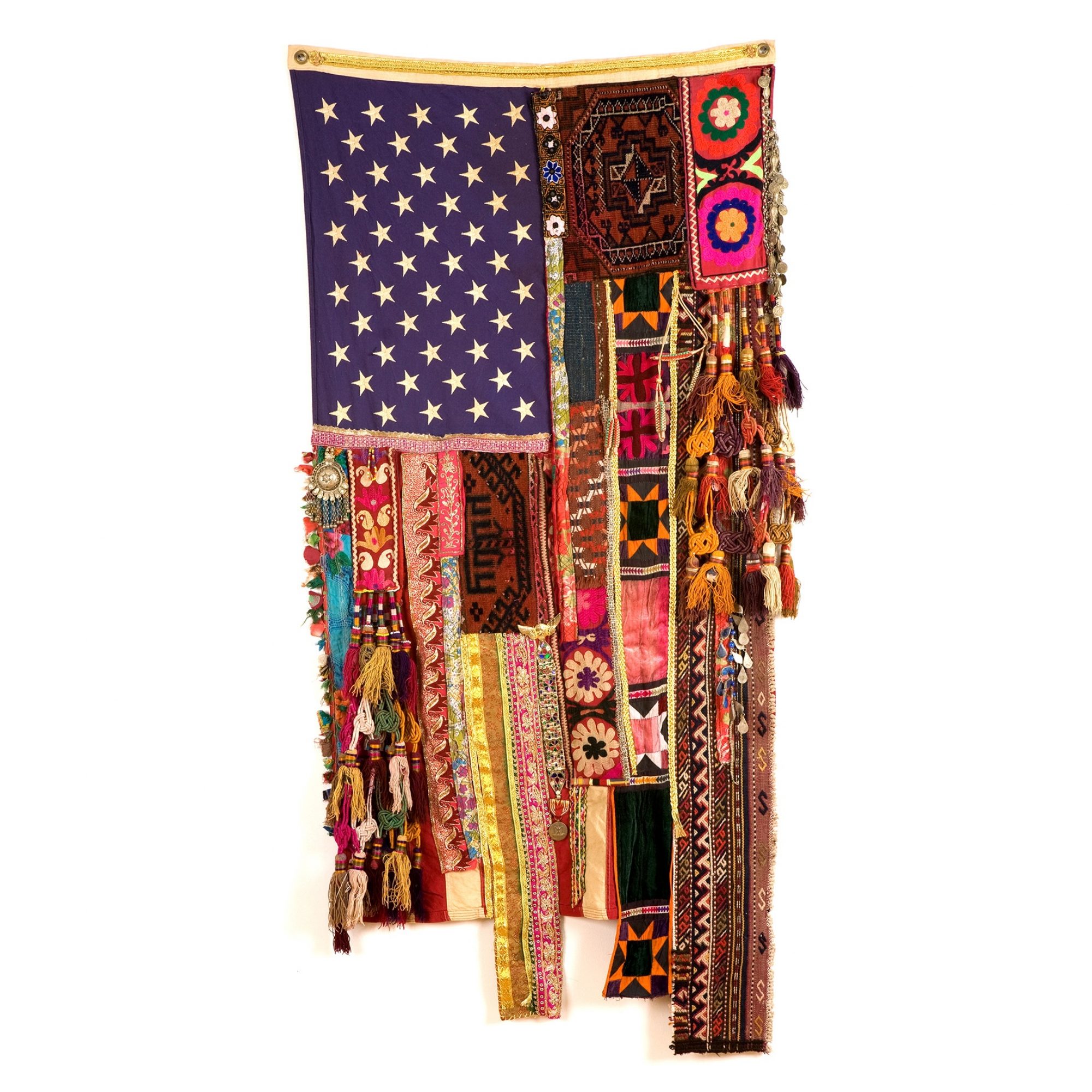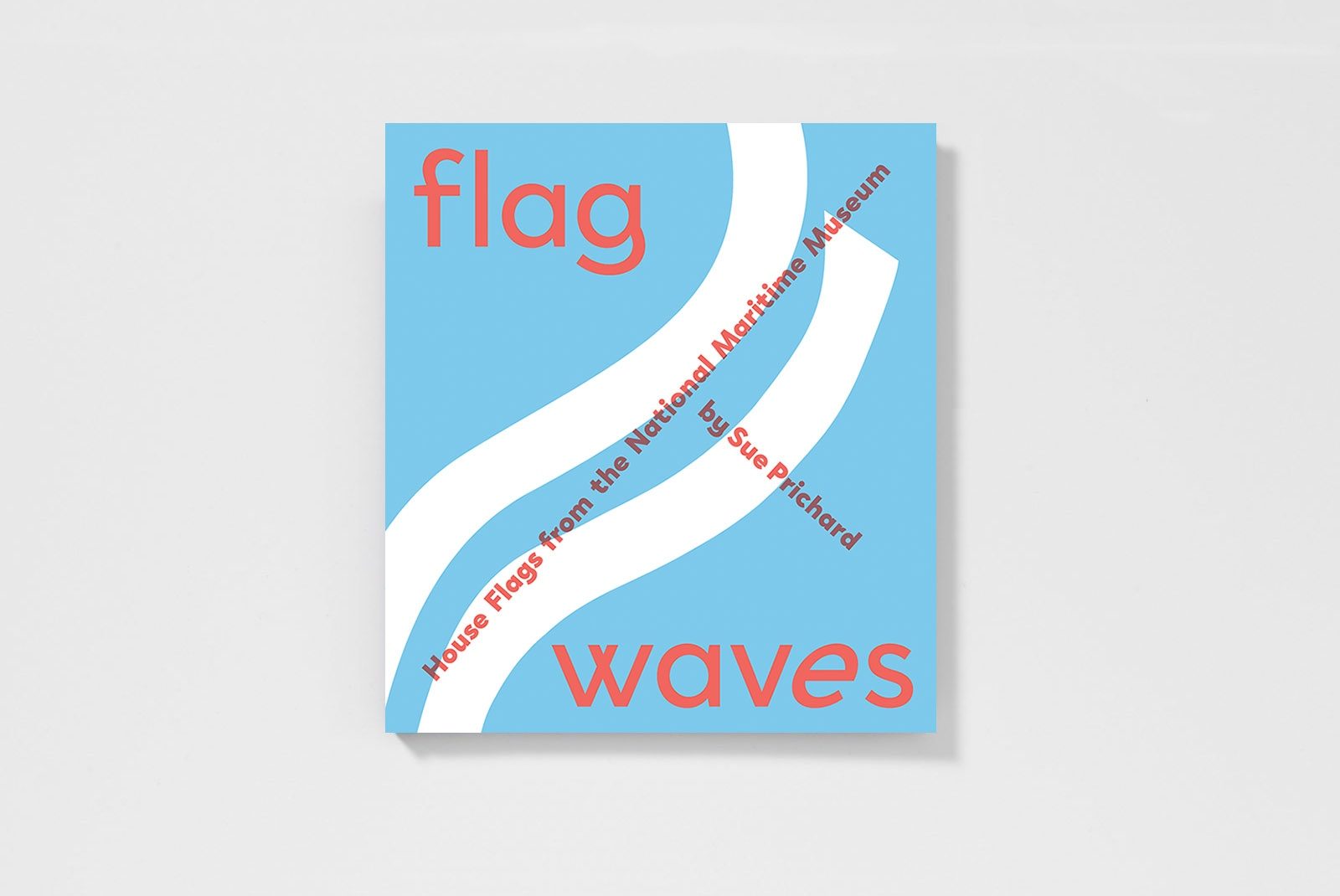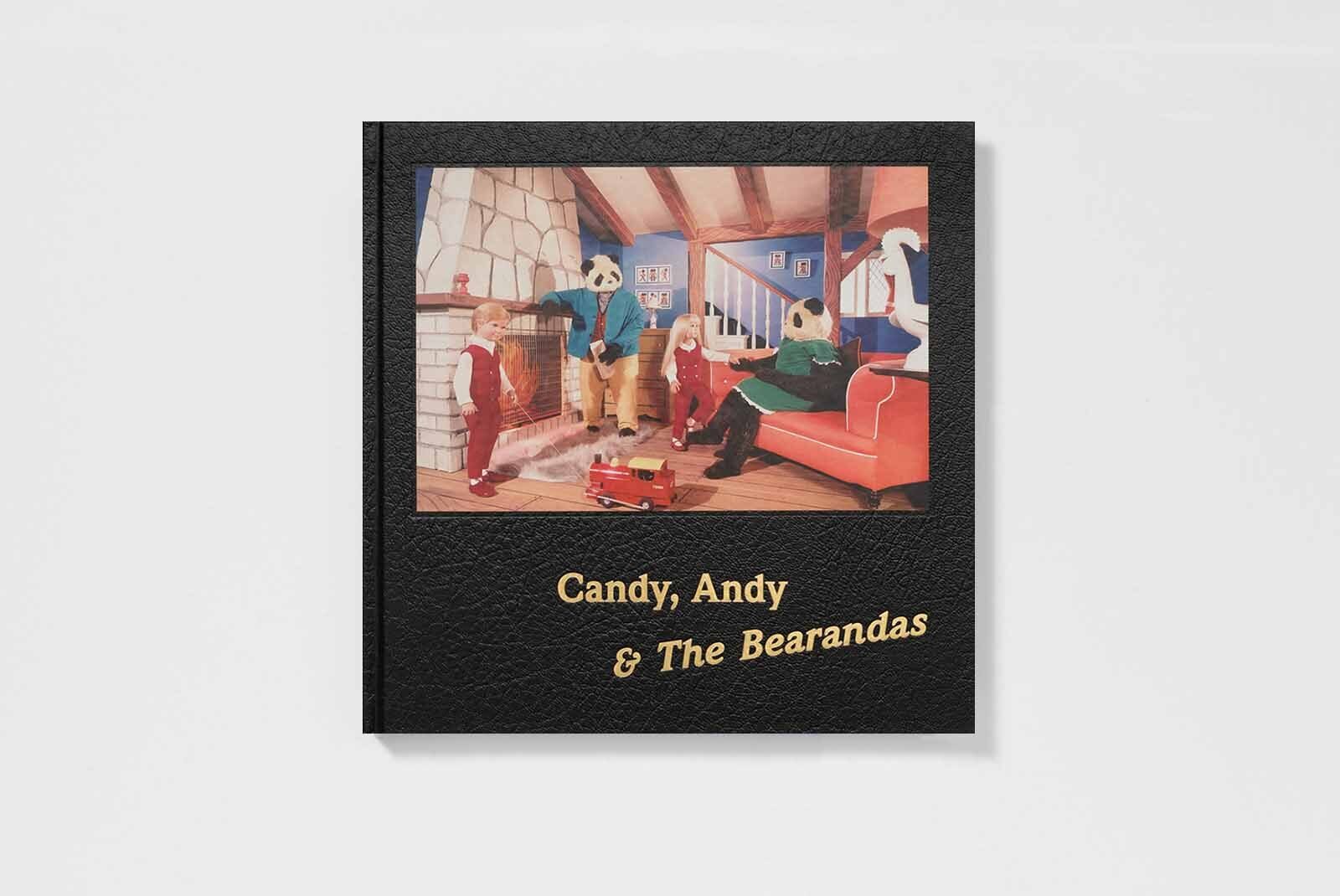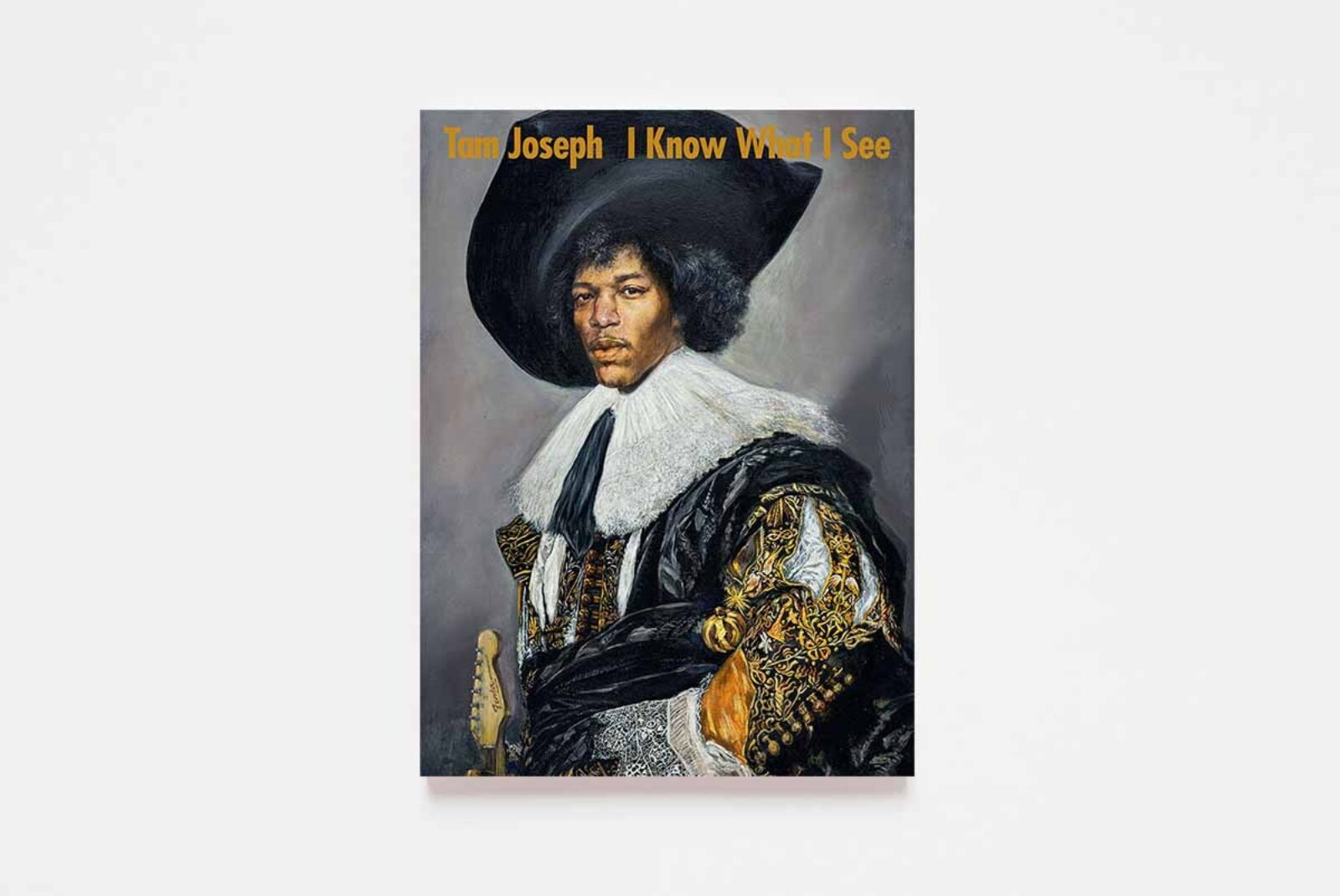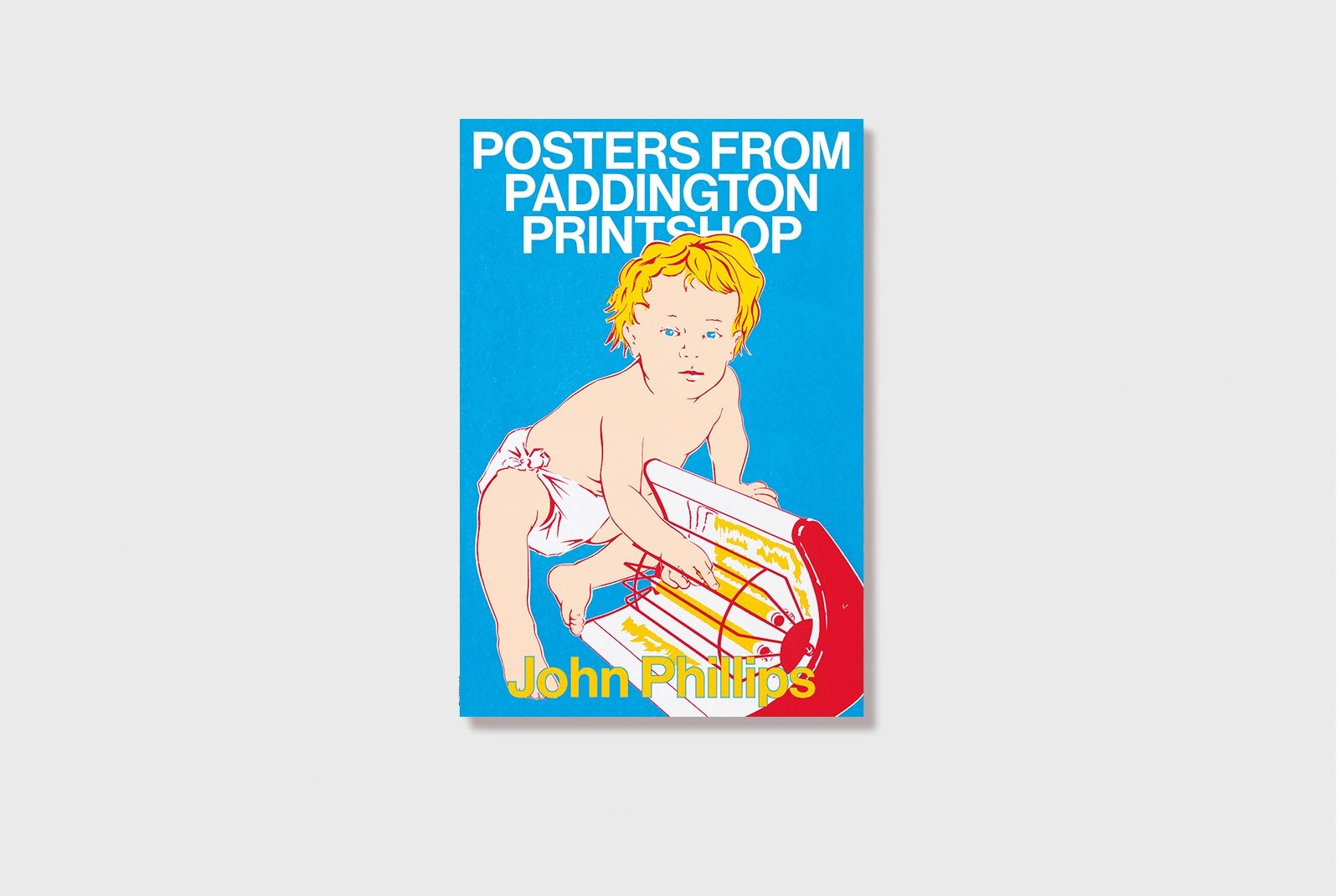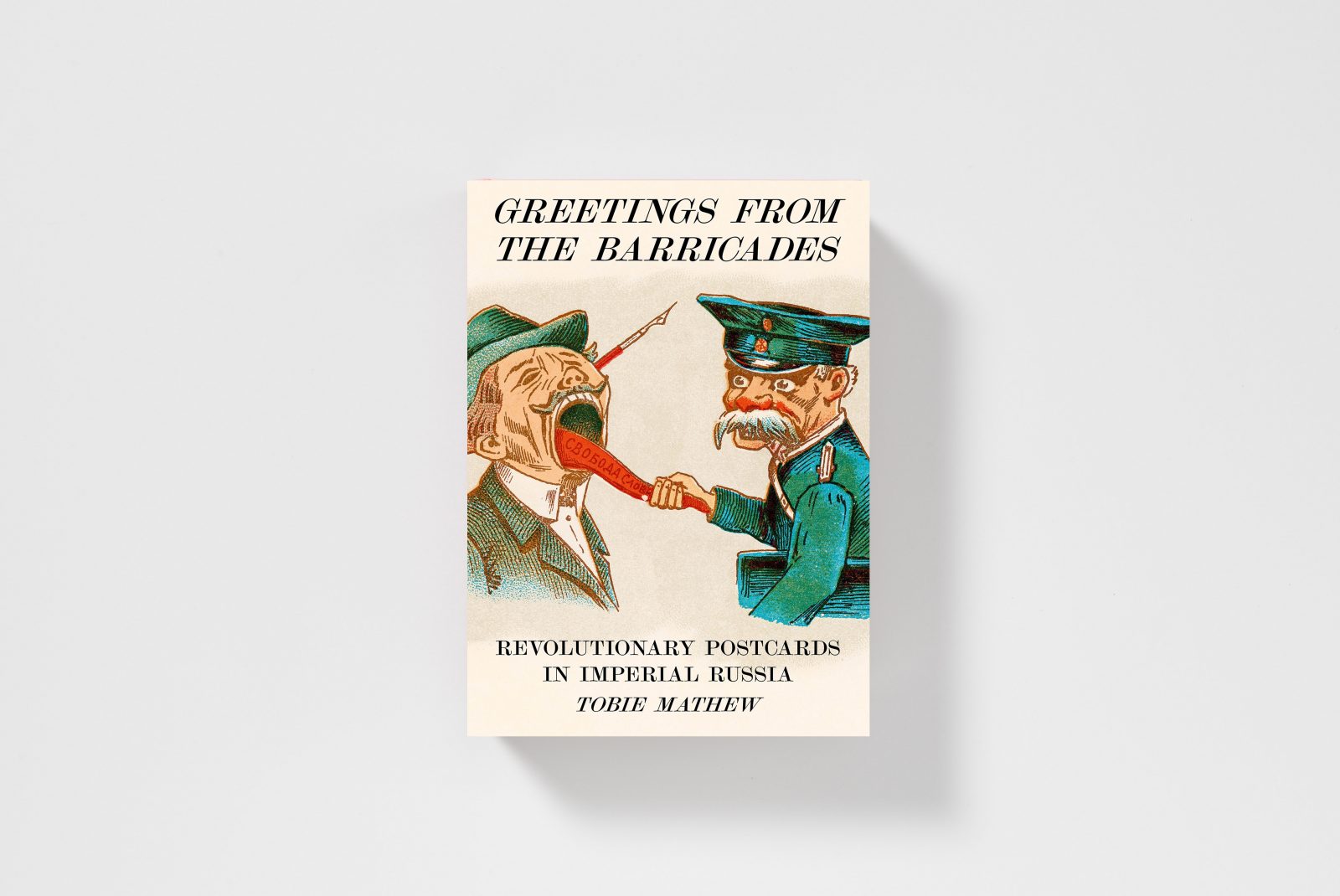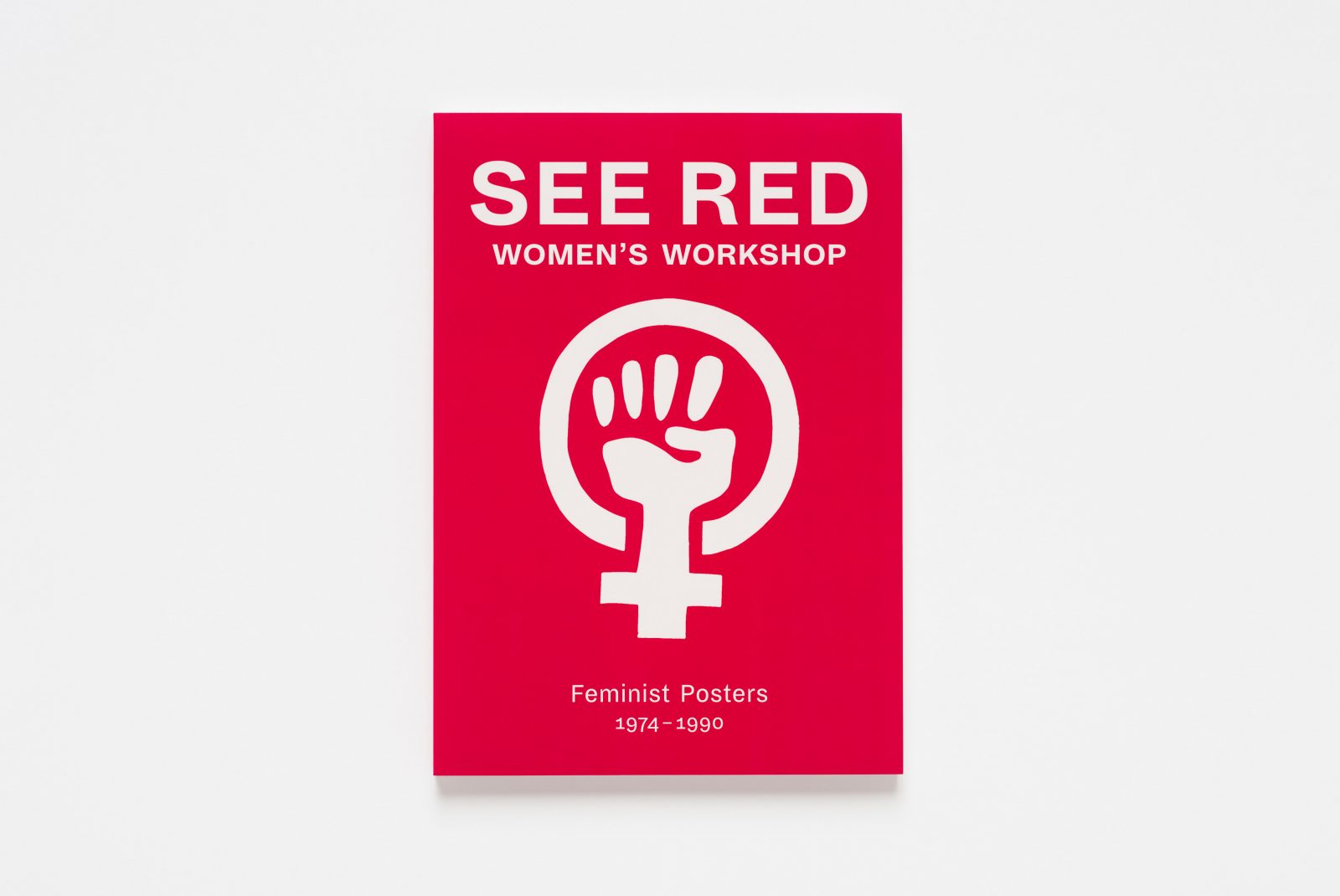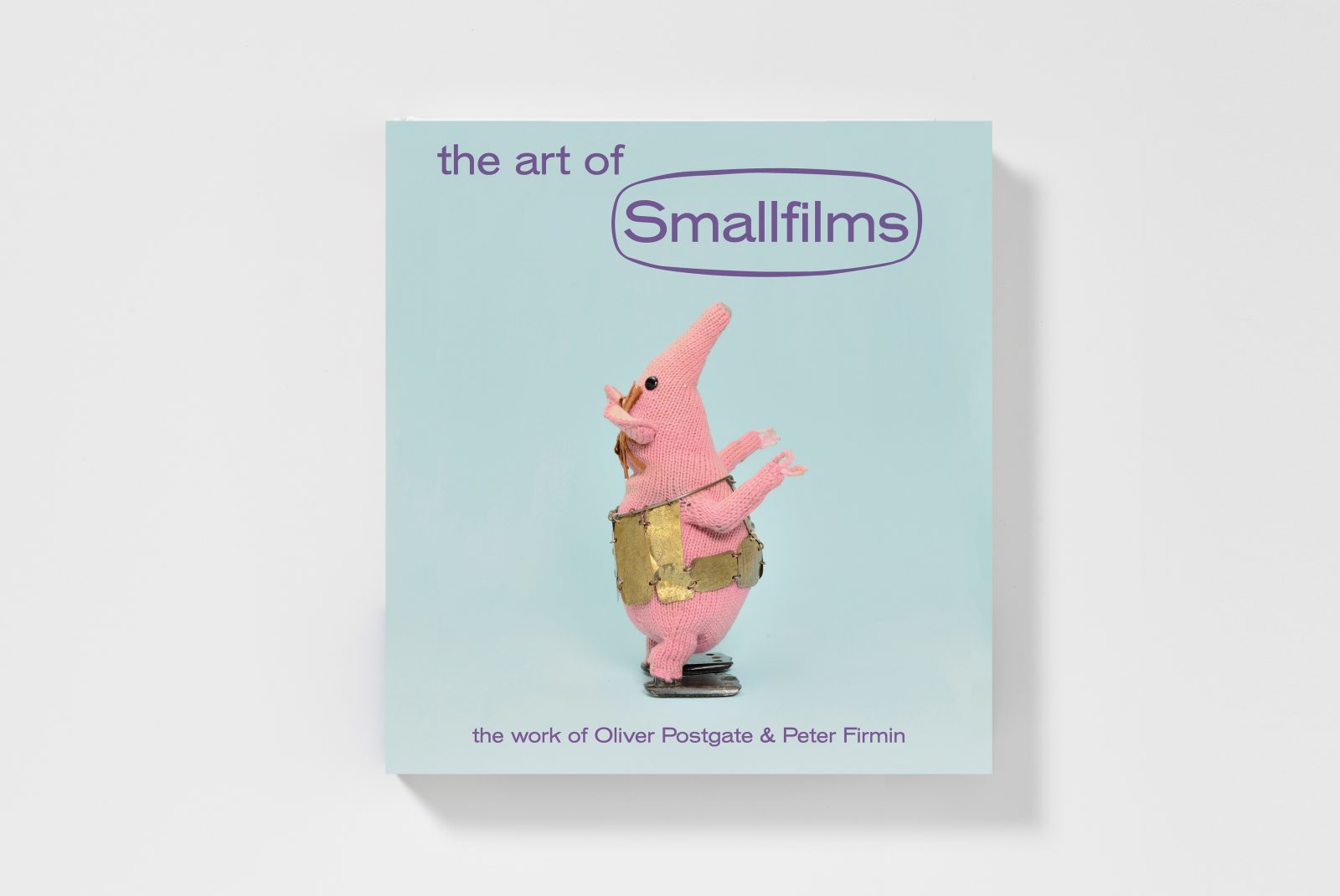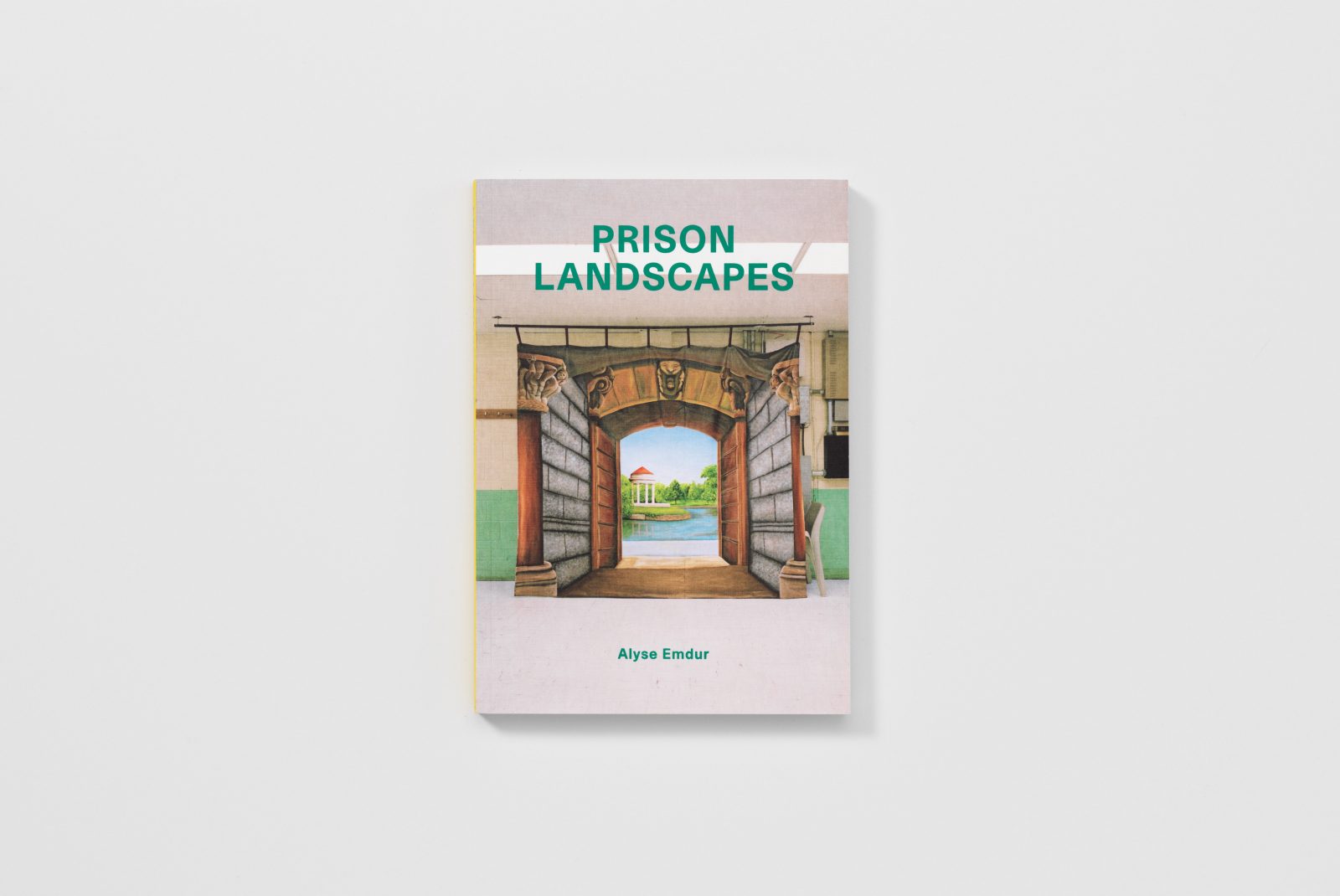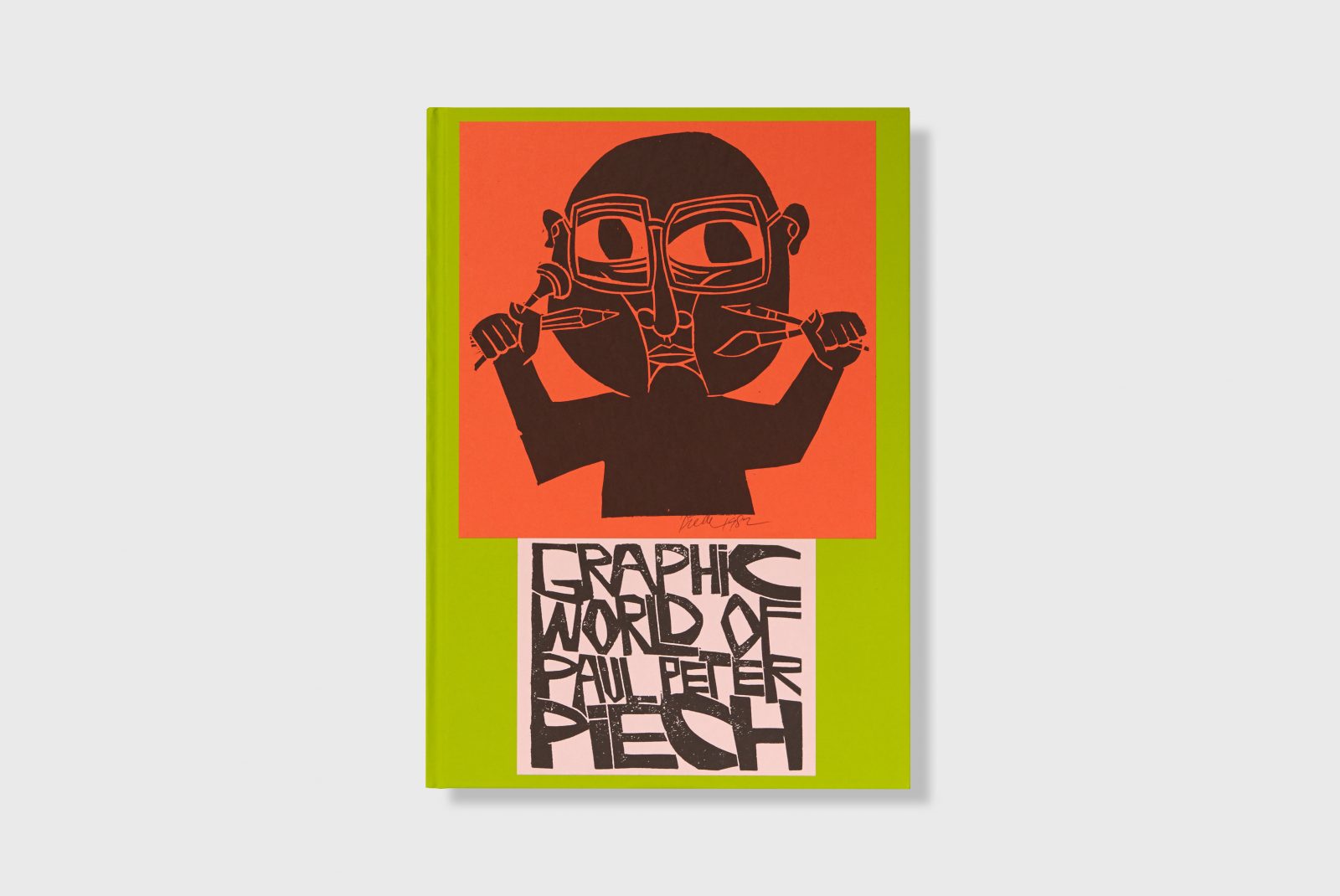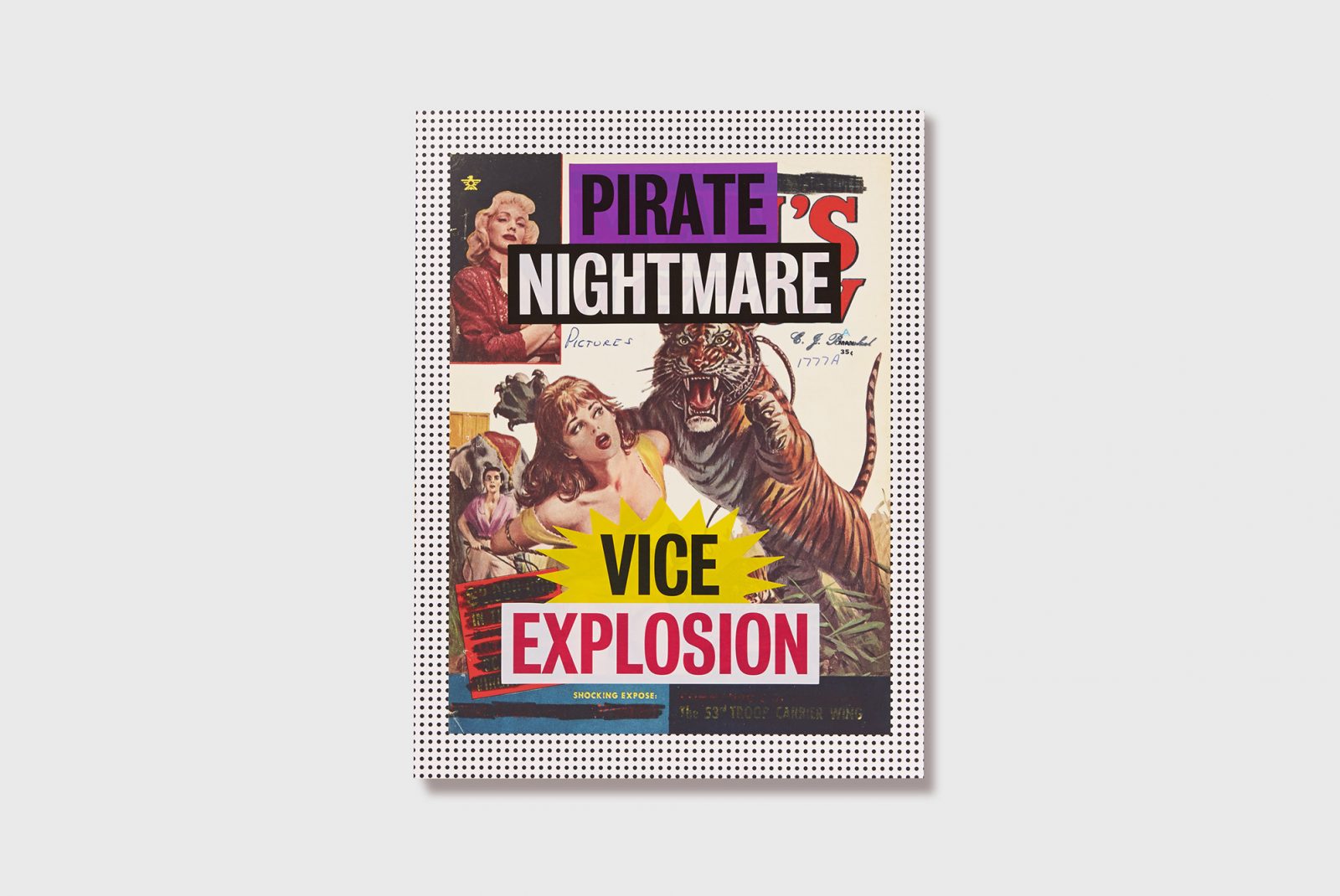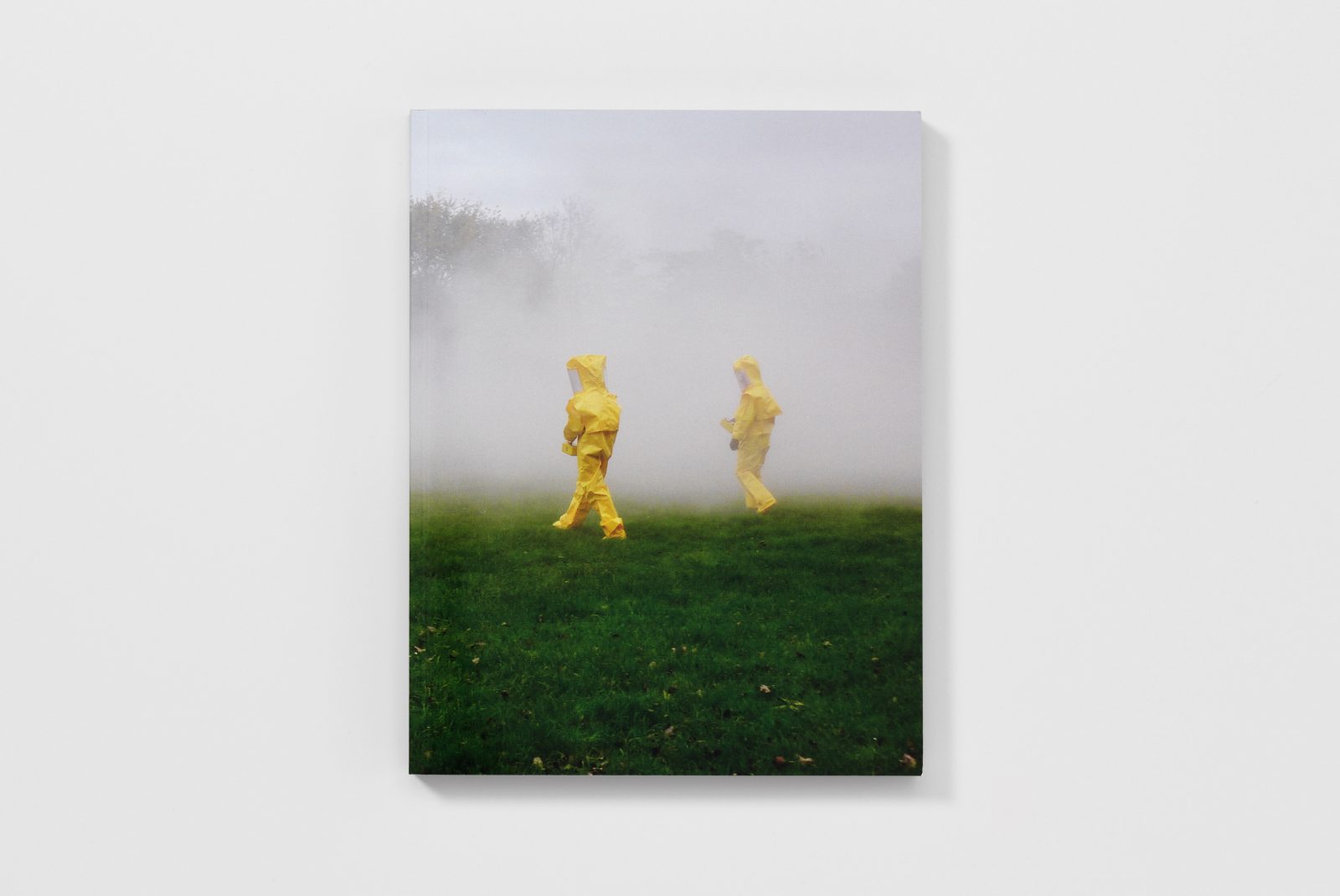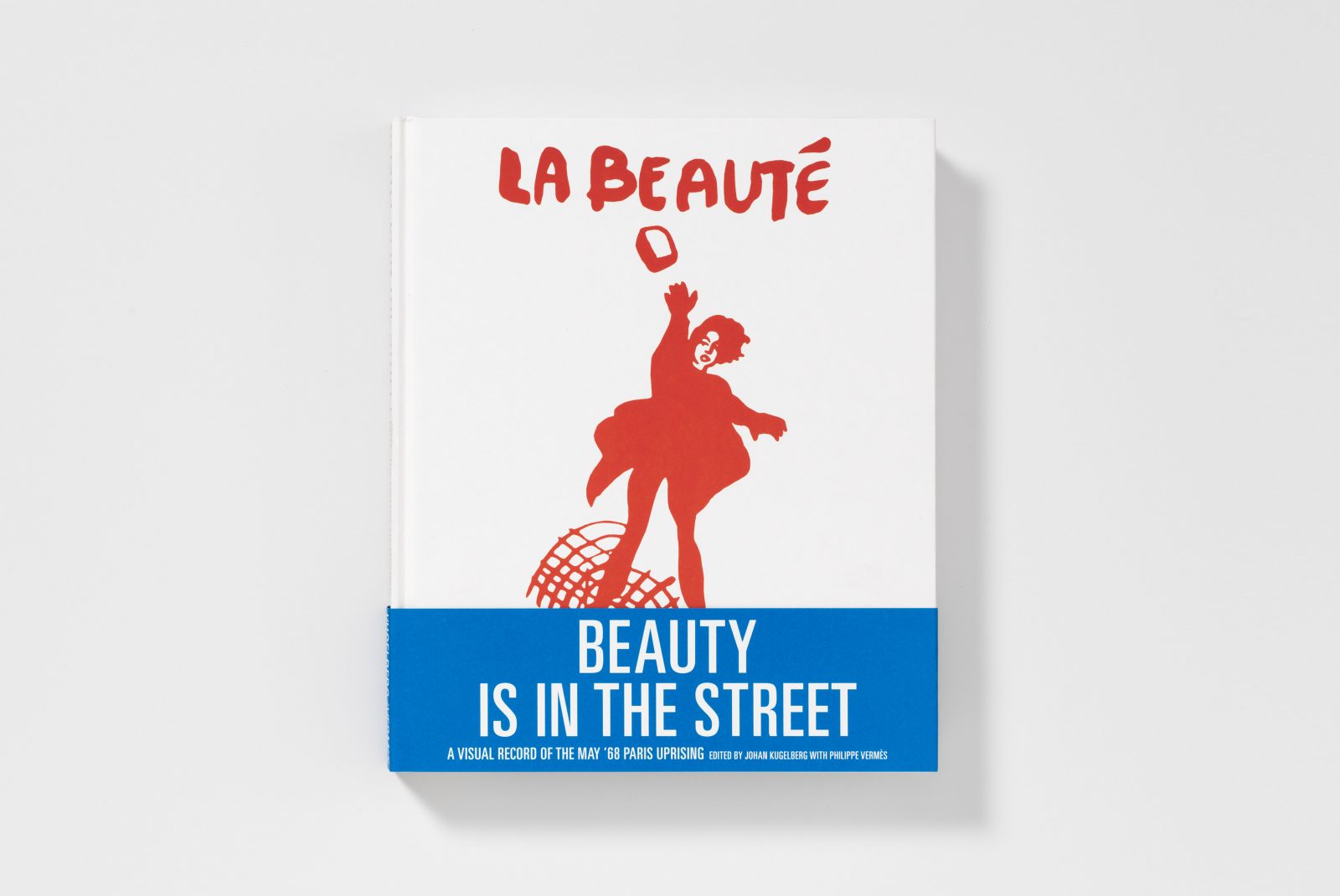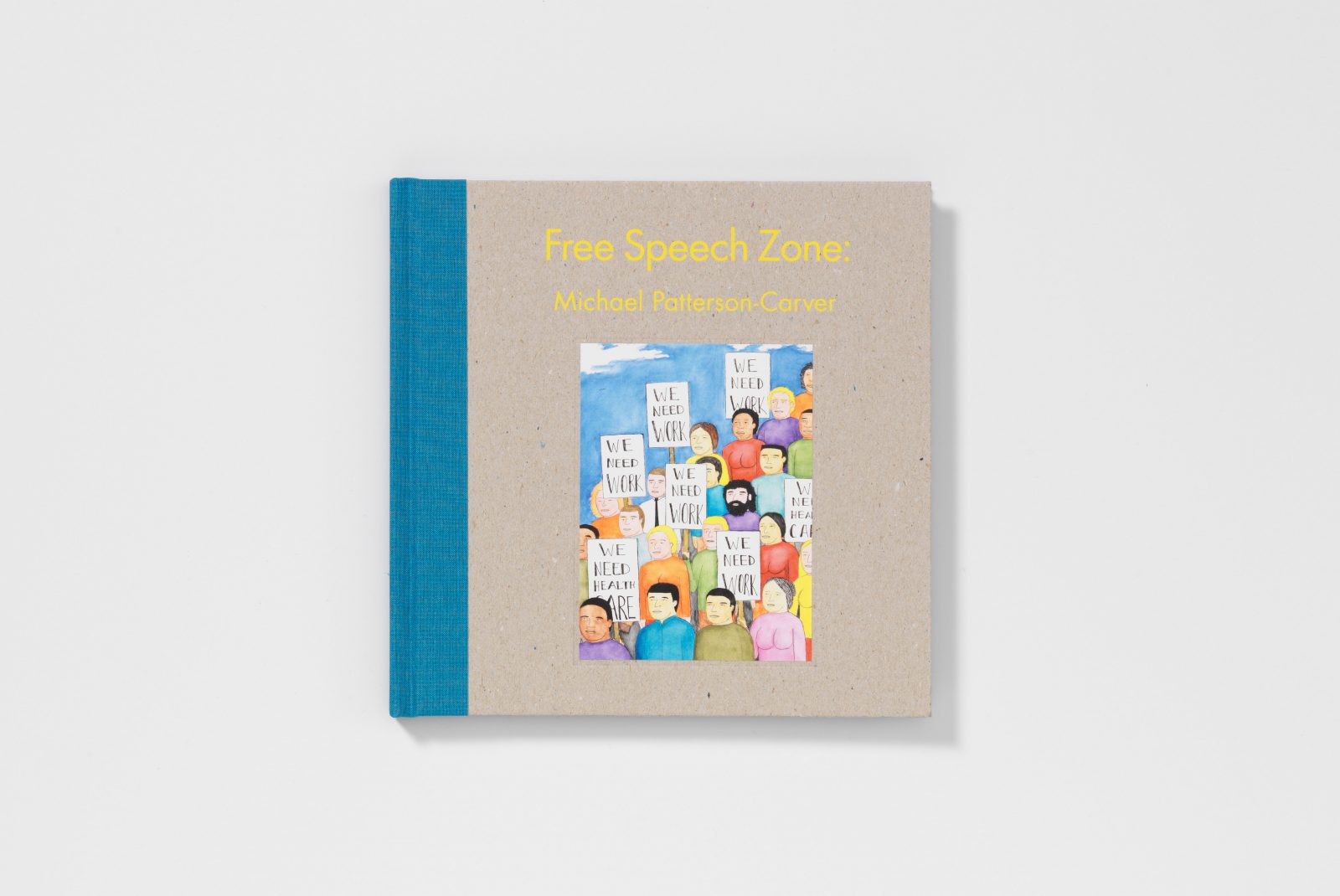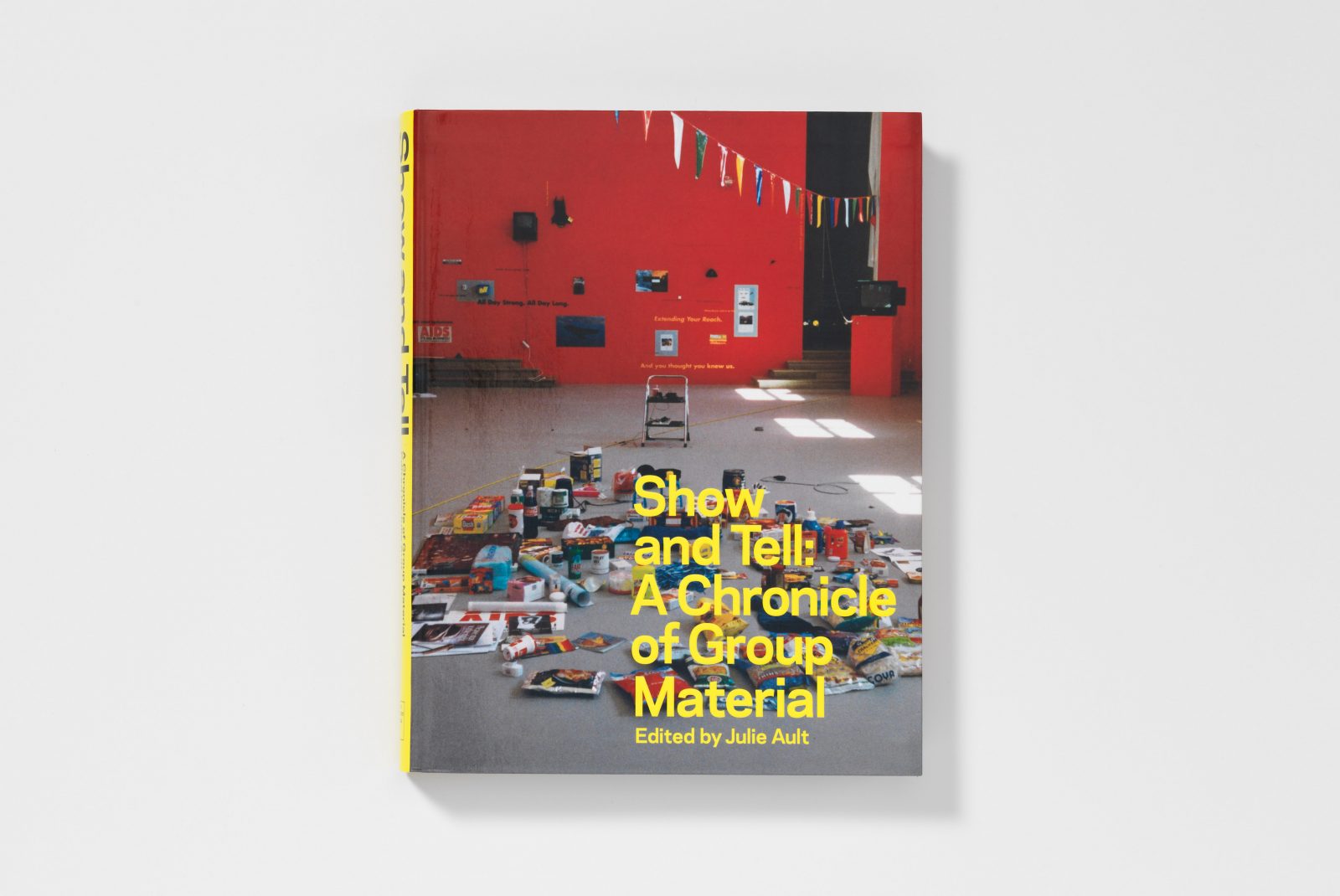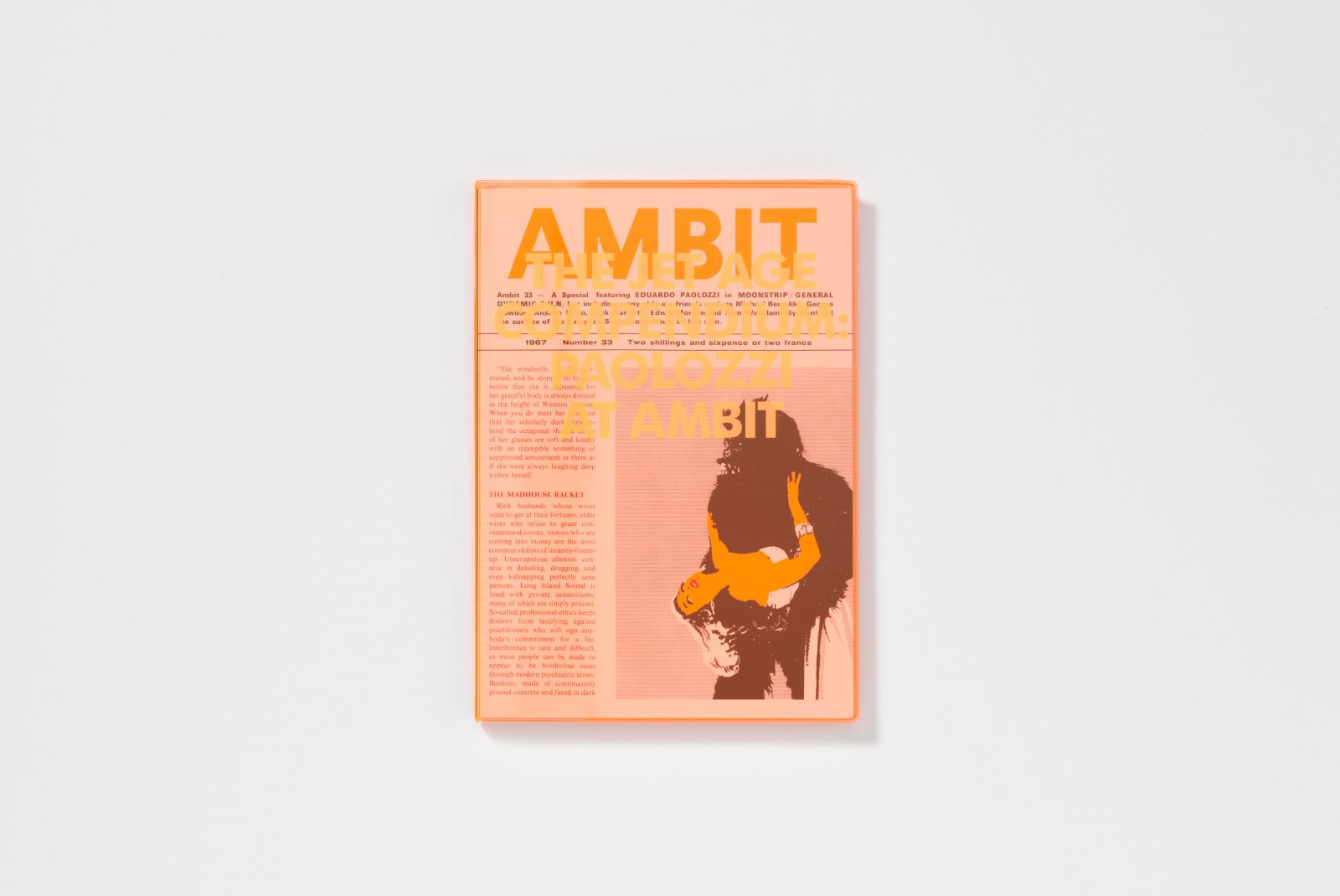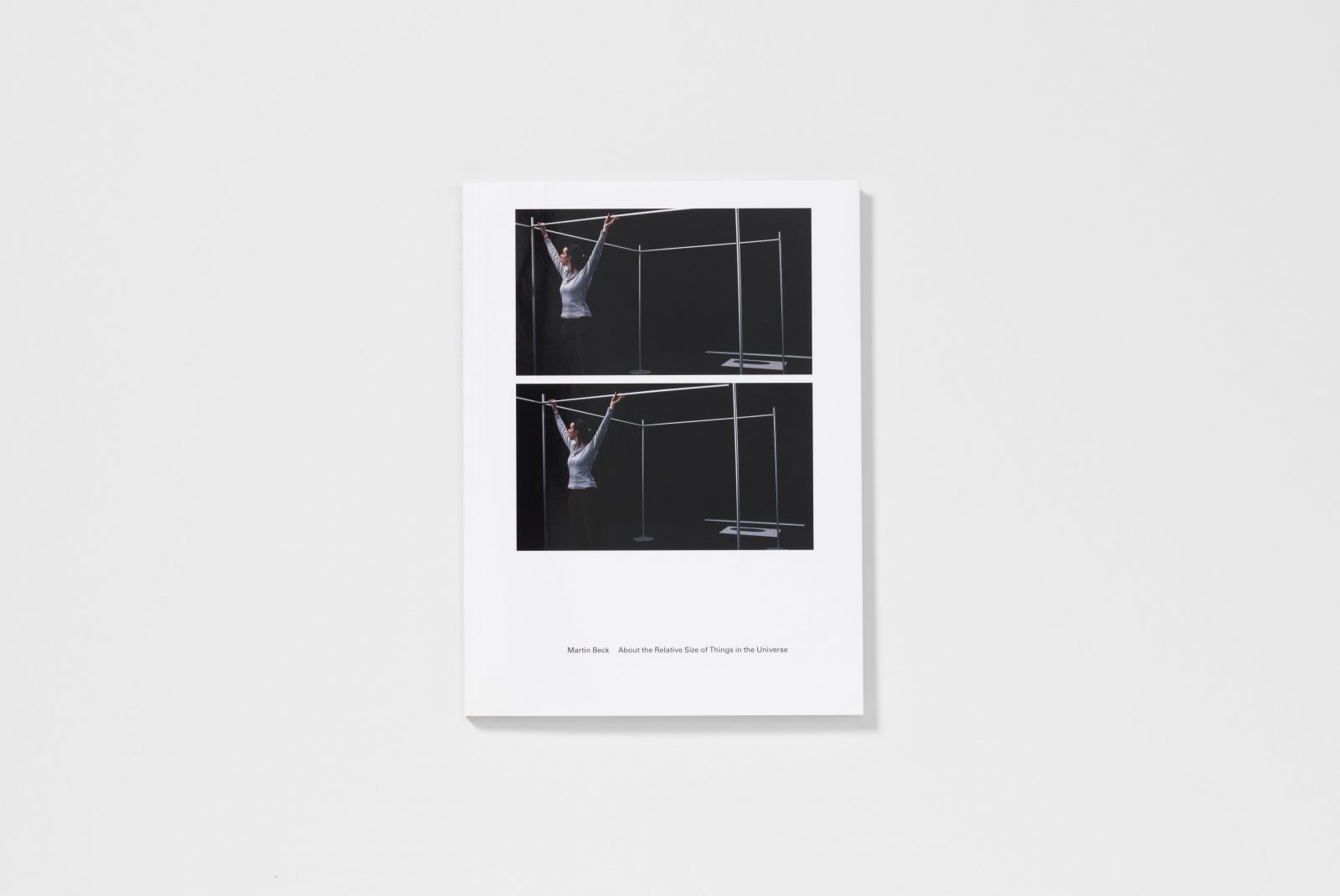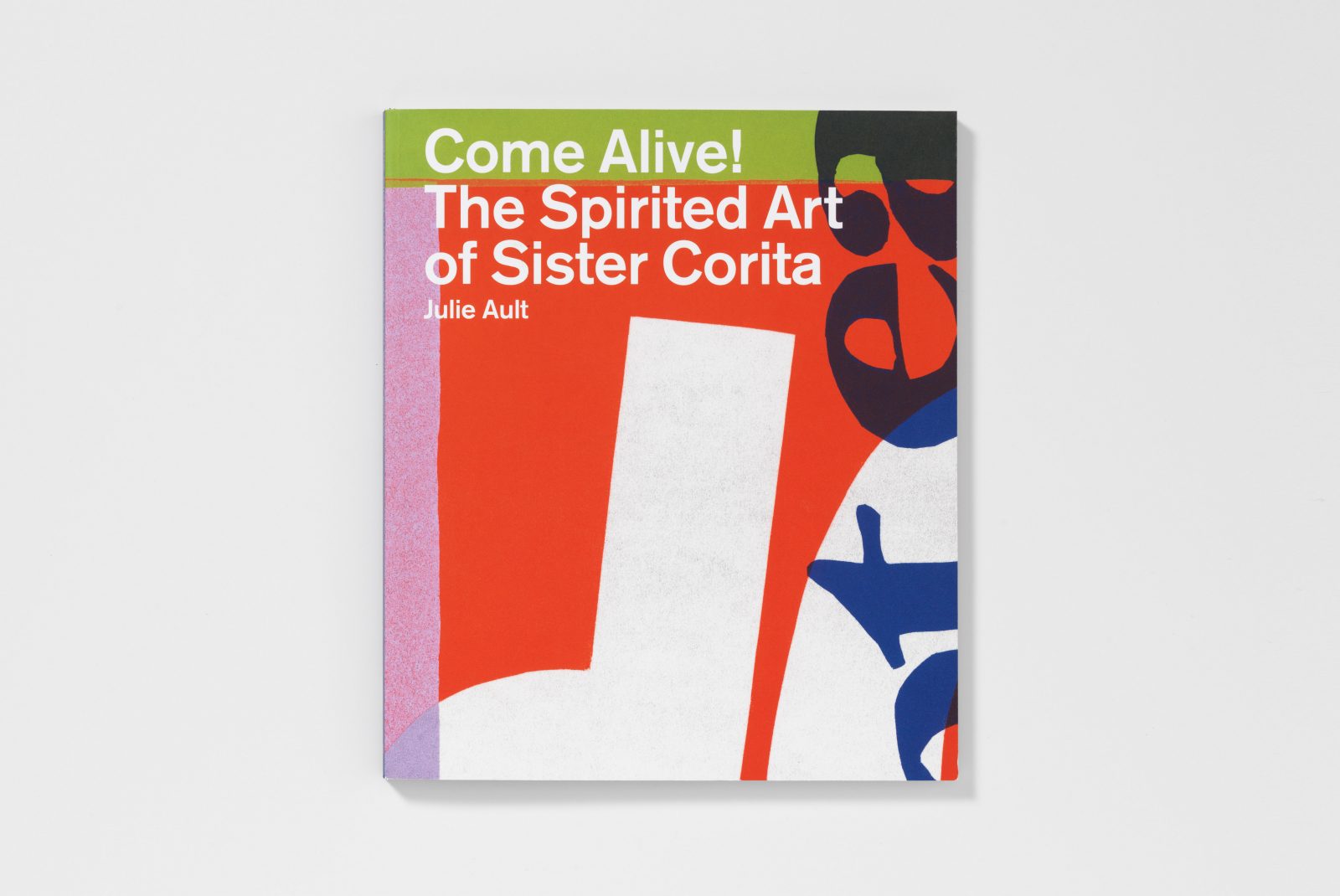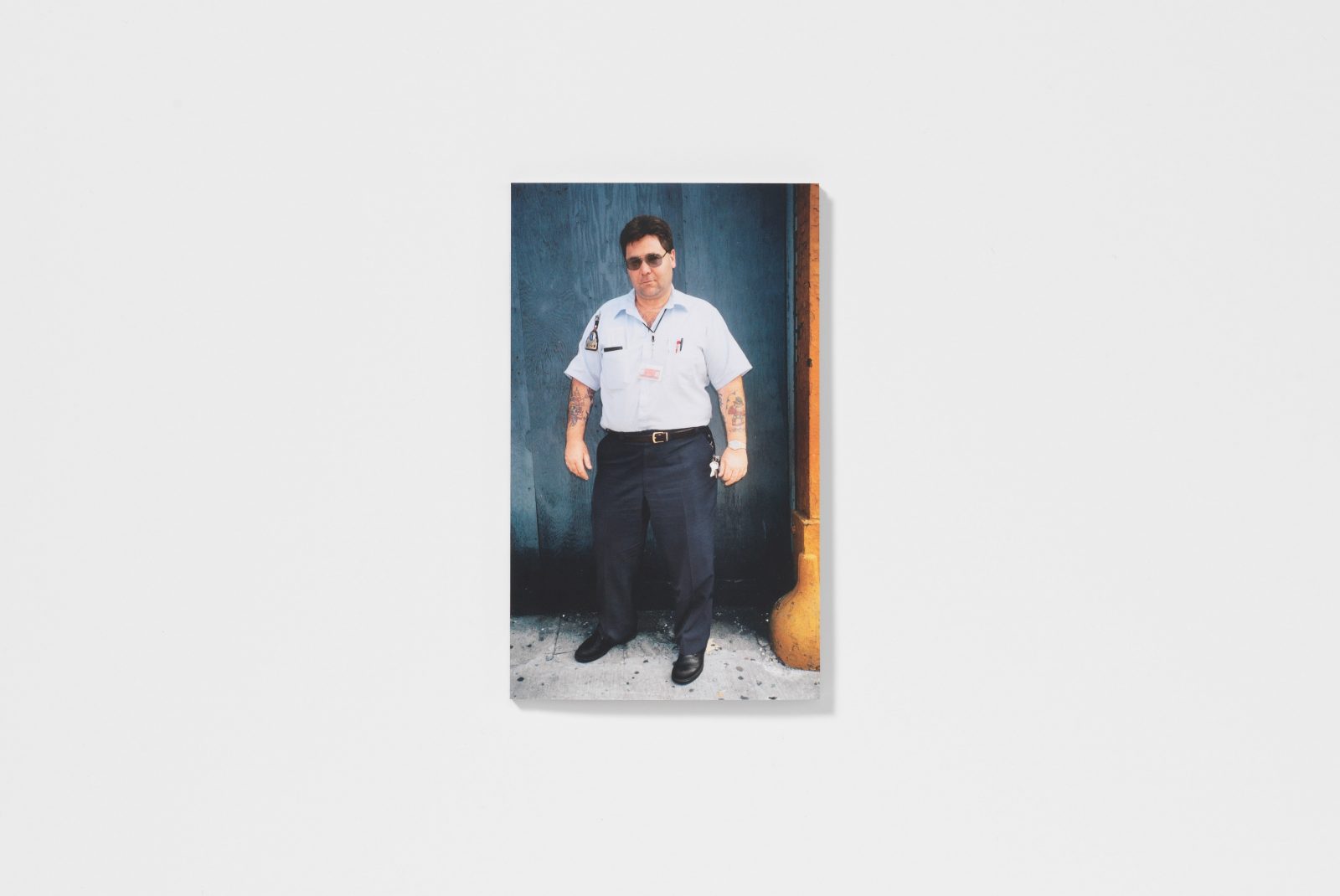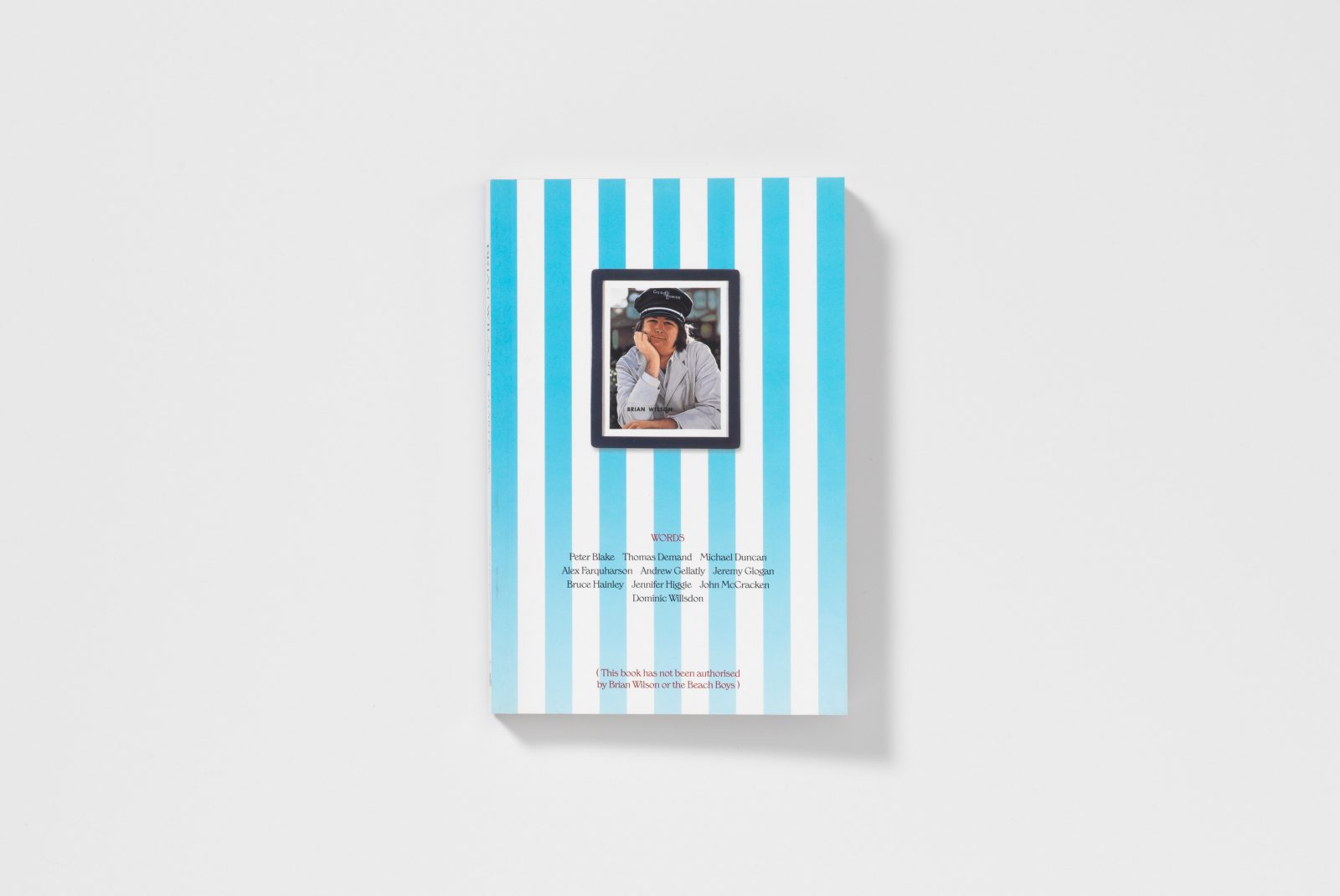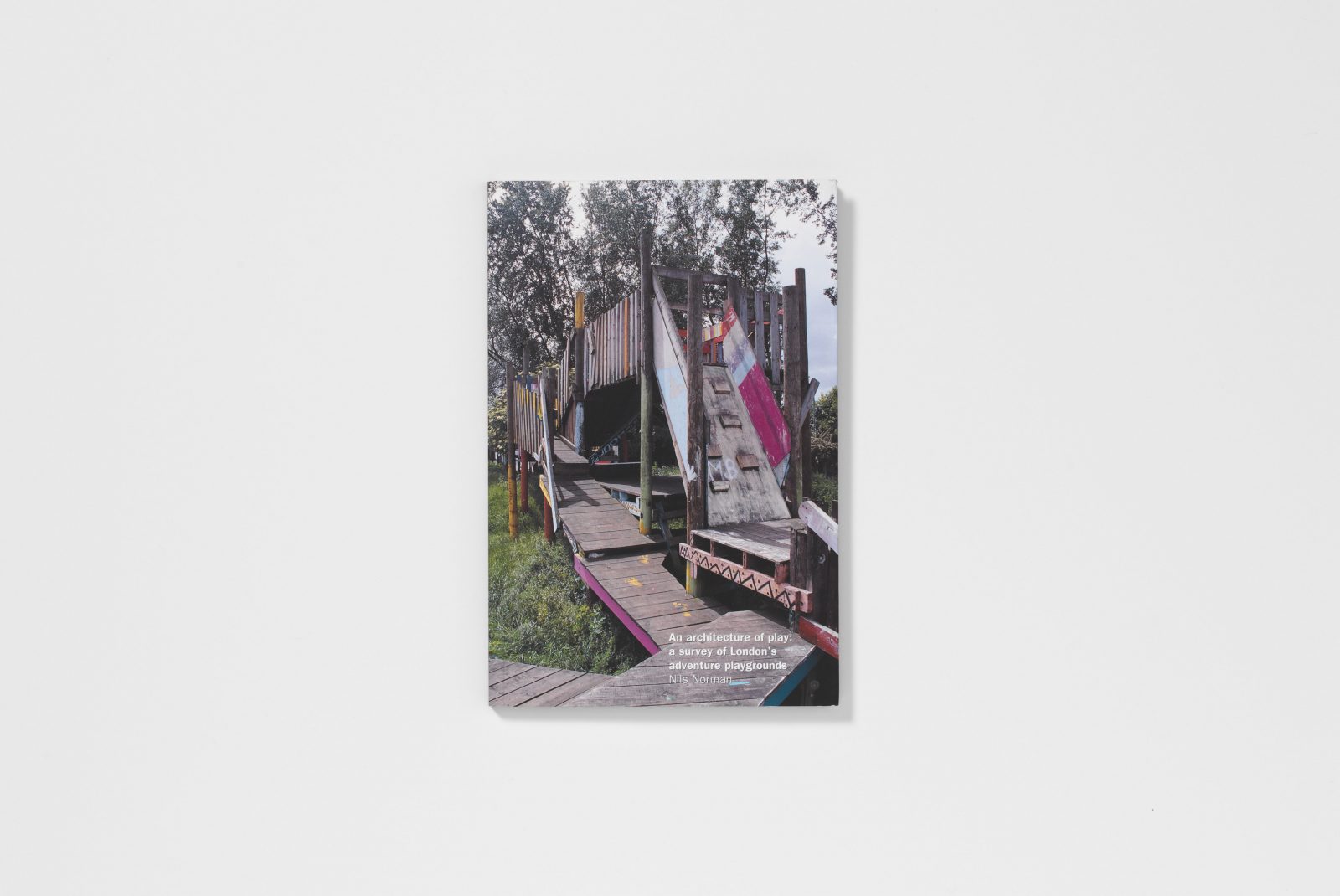Let’s start with the American flag. The object-symbol that an entire country is trained to pledge allegiance to from the age of five. The stars and stripes has been a recurring trope in art, notably since 1954 when Jasper Johns recreated it in dirty, textured impasto form on canvas. Depicting the flag at that point was a huge conceptual statement, exuding a sense of political criticality that questioned its meaning and the line between representation and object. Since Johns, artists from David Hammons to Faith Ringgold, Mark Flood to Barbara Kruger have used the flag to highlight issues around protest politics, race, queerness, gender and the general failure of the American dream. What these Americans did was establish the idea that the flag — essentially a tool of propaganda and national identity — was a post-pop medium and motif up for interpretation.
In recent years, many international artists have used the medium of the flag as a space to display and conceive different types of imagery. At times these are playful, such as Jeremy Deller’s yellow smiley face flag, a collaboration with graphic designer Fraser Muggeridge which hung above London’s Somerset House in honour of the 500th anniversary of Thomas More’s Utopia. The flag was a nod to the culture of acid house music which has been an ongoing focus for Deller in an examination of the relationship between class and culture in contemporary Britain. In other cases, such as Adam Pendleton’s Black Dada Flag (Black Lives Matter) the political context and use of flags is more immediately present.
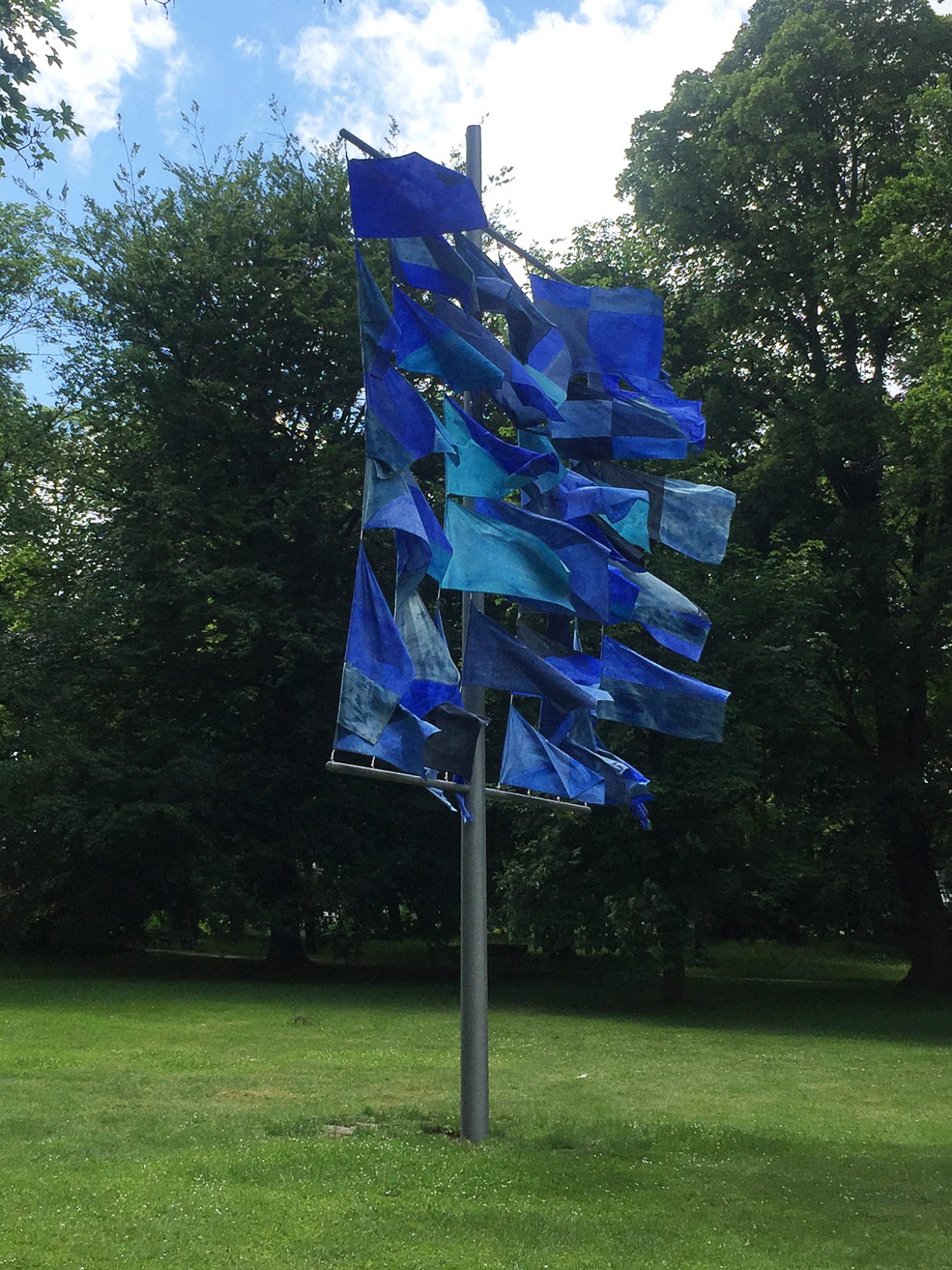
Raul Walch: Blue Hour, Bad Homburg, Kurpark, 2017
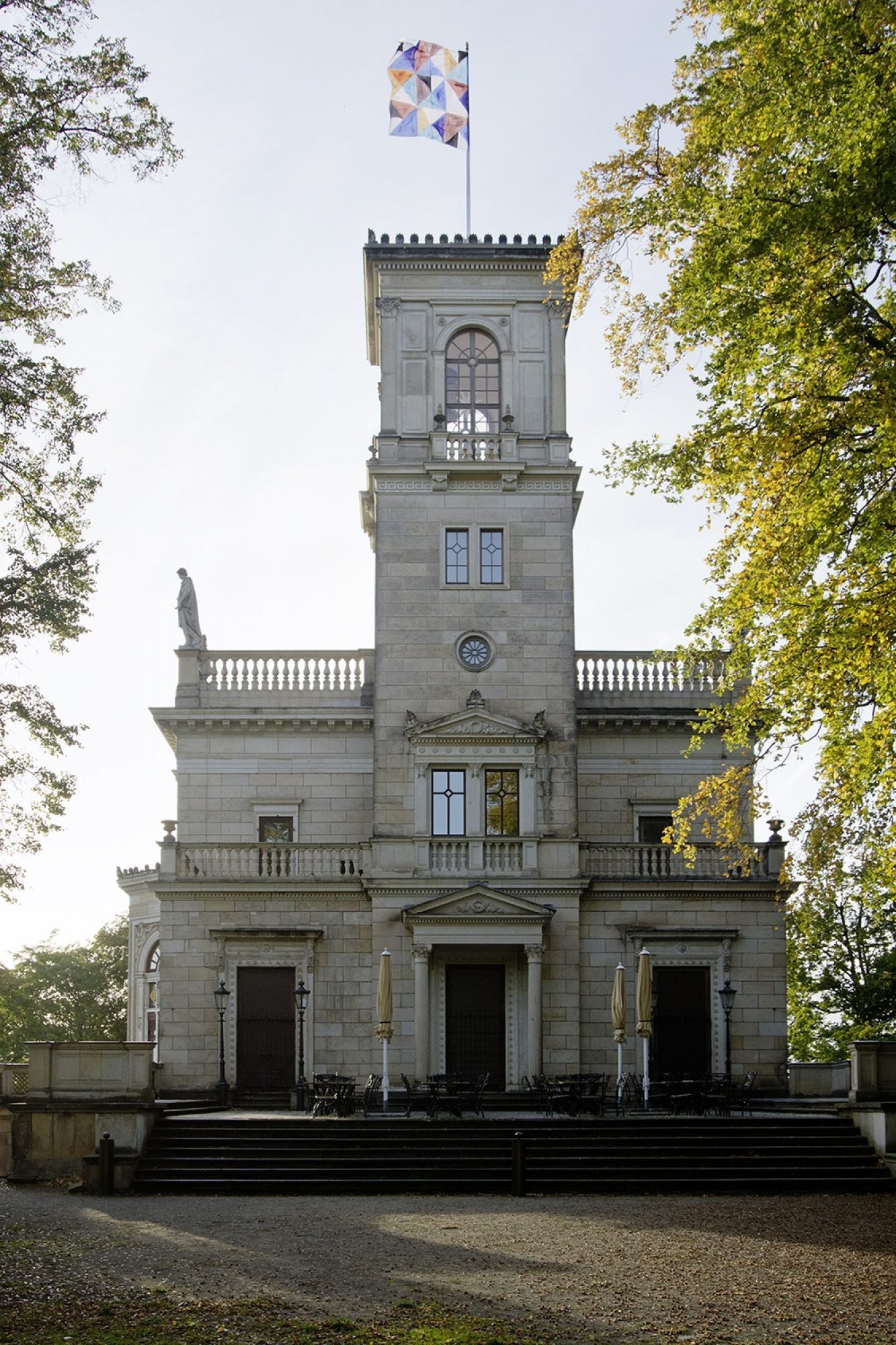
Raul Walch: Für Die Freiheit Frei Zu Sein (For the freedom to be free) Kunsthaus Dresden, Schloss Albrechtsberg, 2018
Raul Walch (website) is a Berlin-based artist whose practise sits between the architectural, public intervention, sculpture and activism. Textiles and, in particular, flags have been an ongoing motif in his work, with Walch activating disused public flagpoles or inserting his own abstract patchwork flags into public spaces. Part of the appeal was to examine the wider public’s desire to interpret meaning in his increasingly complex geometric forms. As he has pointed out, “They always think, ‘What does it stand for? What does it have to do with me?’ I found it interesting that by imitating or using a flag, you can force people to interpret an image.” Within the context of his work, it is also clear that Walch is questioning the symbols of political power and who has access to public space, though his approach is poetic and embedded in the aesthetic.
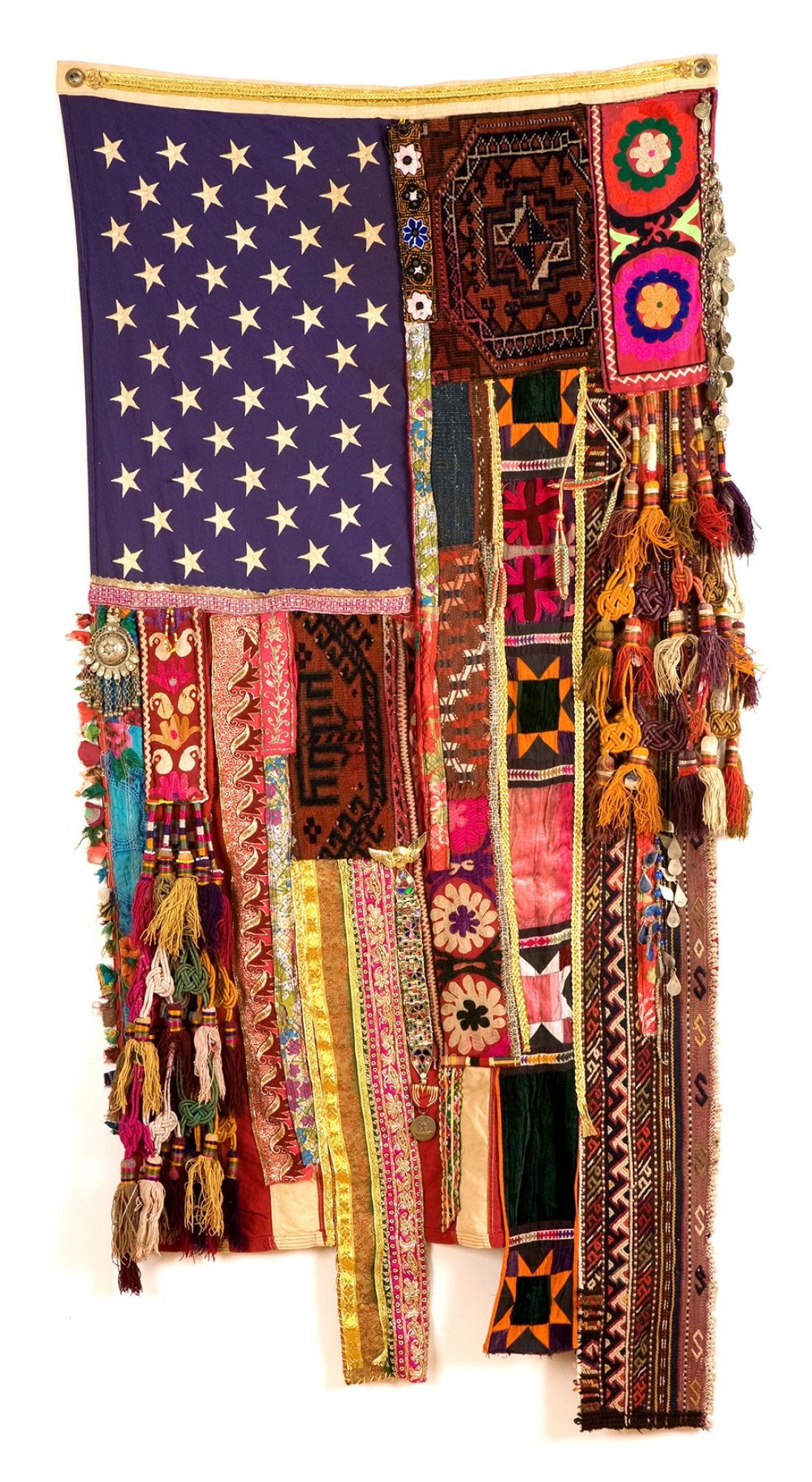
Sara Rahbar: flag 17, unstable, you disappear in the distance, 2008
Sara Rahbar (Instagram) is an America-based artist of Iranian origin forced to emigrate as a child. Her roots, and by extension relationship, with the USA, are at the heart of sculptural works, which have included her own take on the flag. “I feel that we give symbols more value and more weight than we give human life. This obsession we have with nationalism, and being patriotic, well it is all quite strange to me, as all I see are shapes and colours,” she explains. Rahbar’s flag works largely hang vertically from the wall — resembling a three-dimensional collage of narrative embroidery, found fabrics from the Middle East and Arabic text. The stars are still there, but the stripes are transformed into an international “ethnic” amalgam of decorative prints, textures and cultural references far beyond the rigidity of the original nationalist object she references. There is something innately subversive here, yet these works are inviting and questioning rather than aggressive.
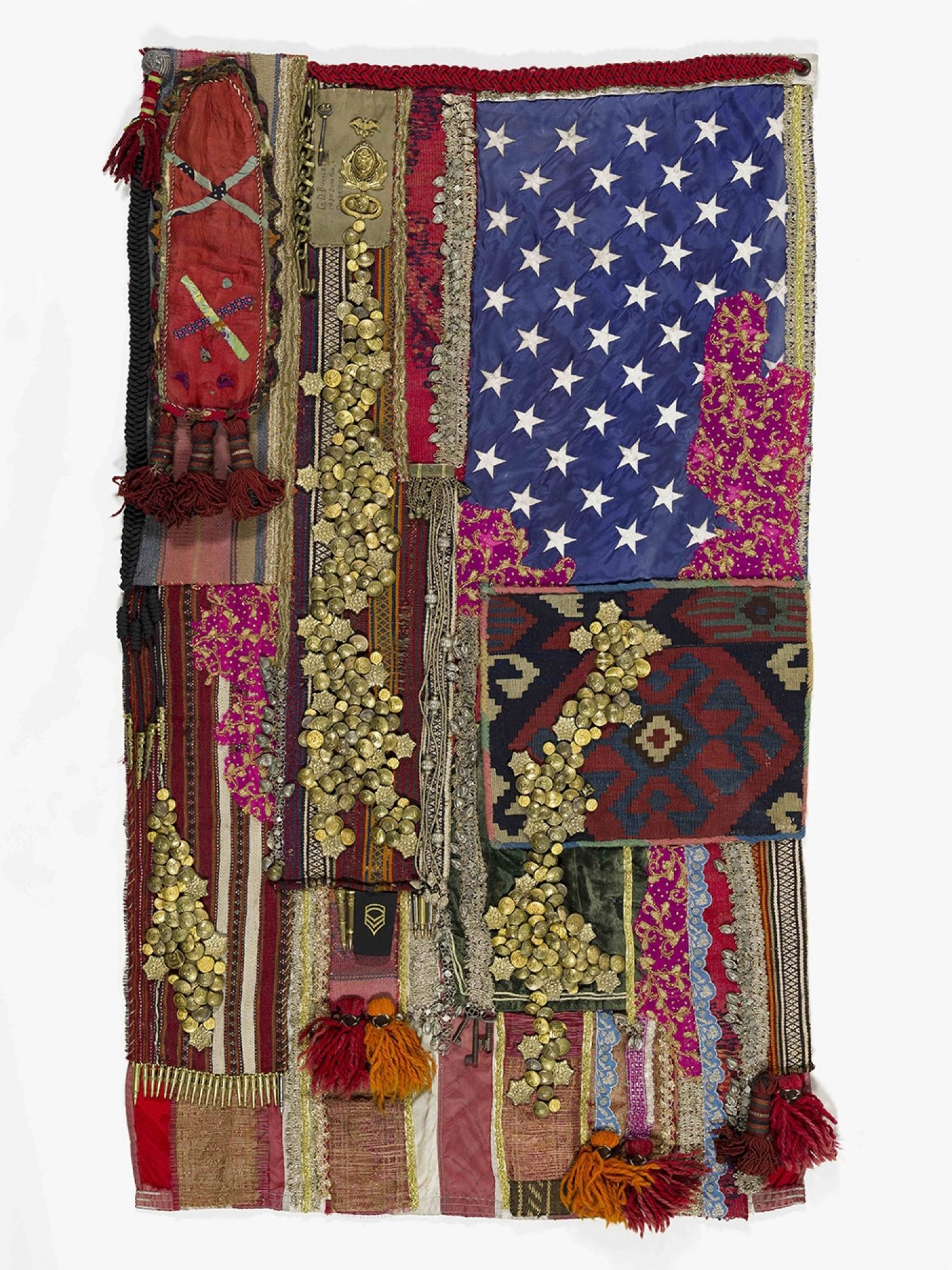
Sara Rahbar: Glorious Haze, 2012
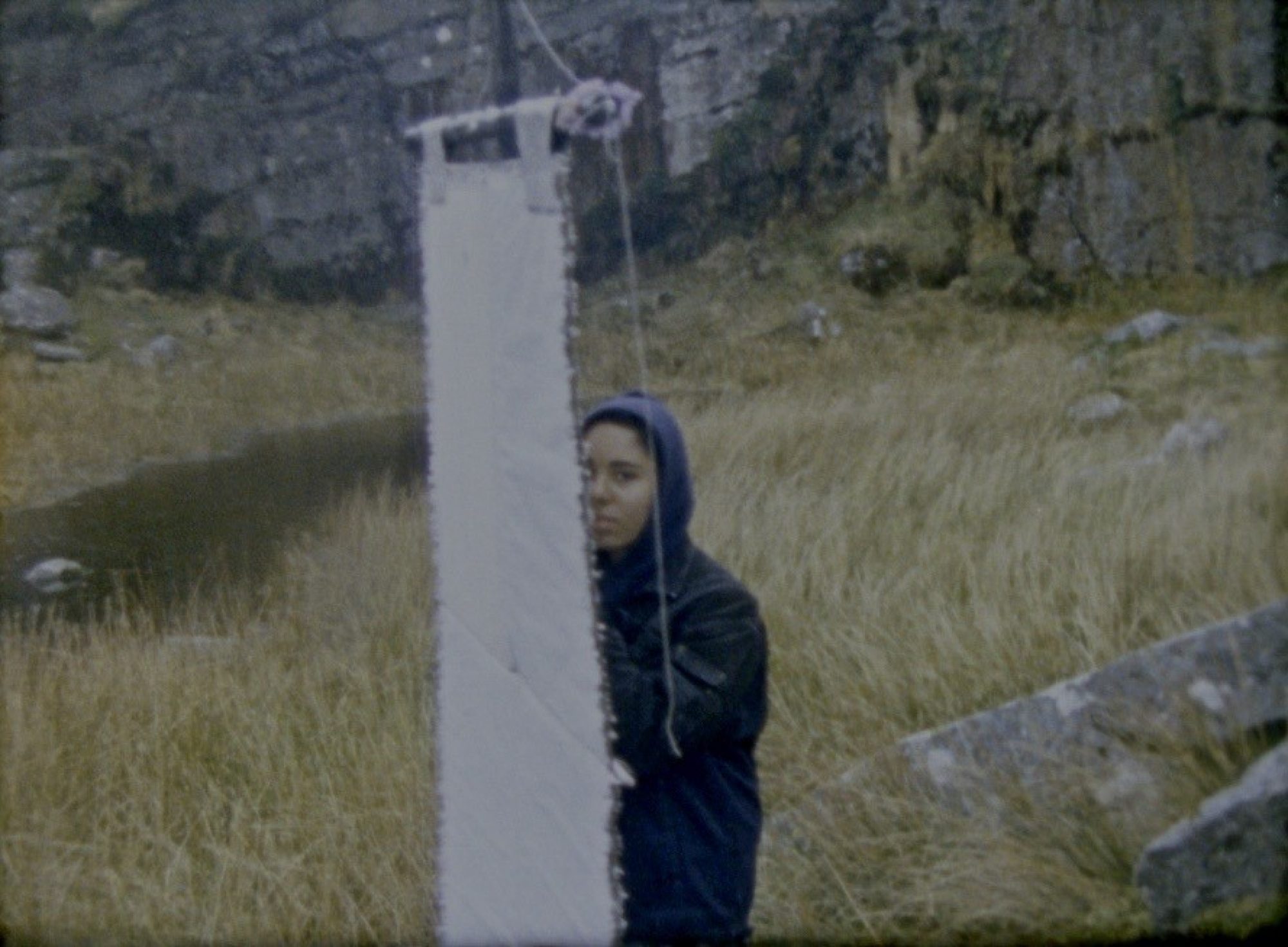
Tanoa Sasraku: Whop, Cawbaby (2018). 8mm film still.
Flags are a repeated motif in the film works of Tanoa Sasraku (website). In Whop, Cawbaby, Sasraku filmed herself attempting to erect a flag piece in the harsh winds of the British countryside, an interesting counterfoil to her handmade newsprint flags inspired by Ghanaian Fante Asafo flags, which combine proverbs, visual imagery and references to European heraldry. In her next film work, O' Pierrot, the Union Jack becomes a personified character emerging from his flag-like form to manipulate, coerce and exploit Sasraku’s Black Pierrot character. Here the horror of colonialist exploitation is personified by the flag itself.
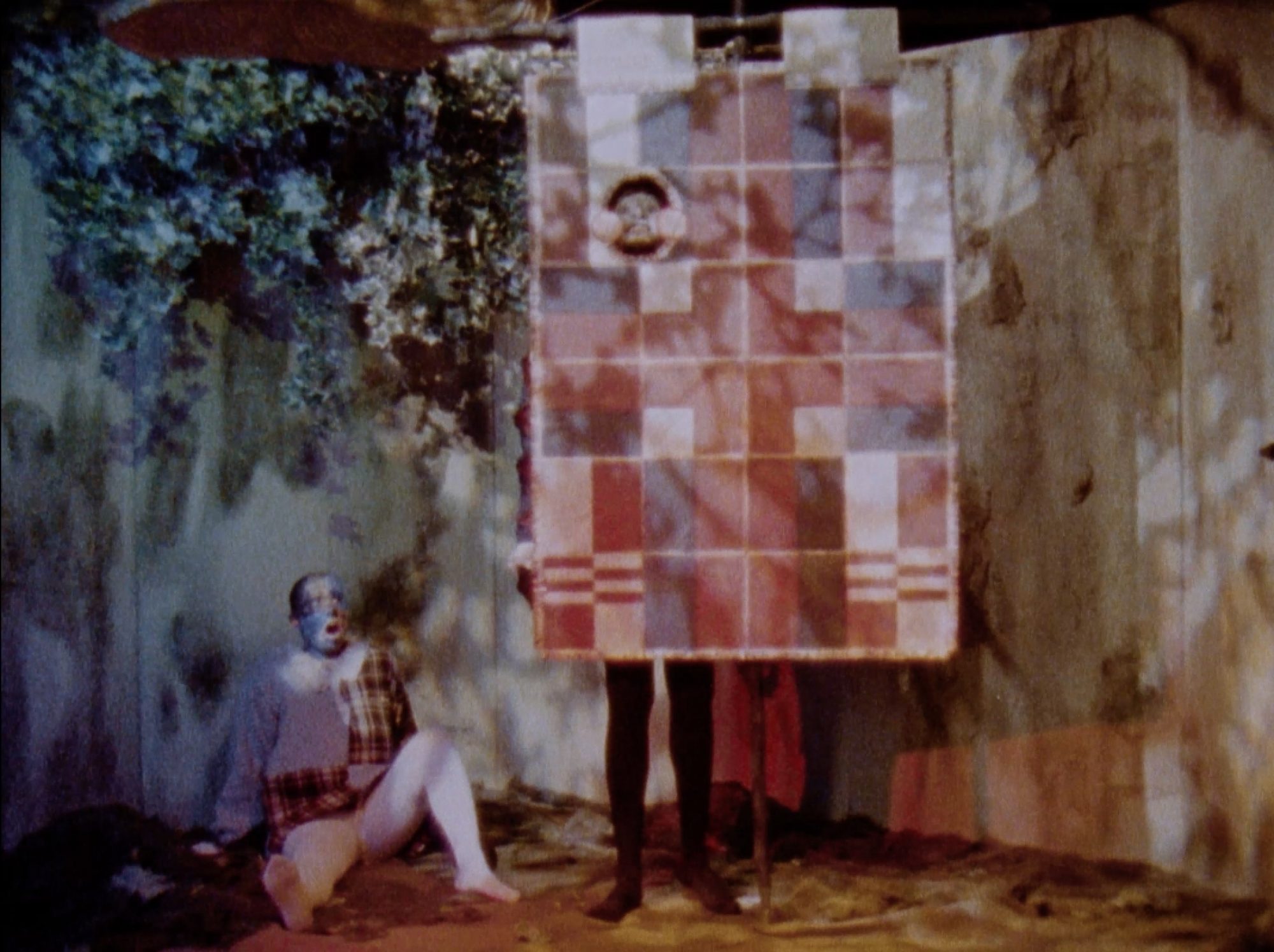
Tanoa Sasraku: O’ Pierrot (2019). 8mm film still.
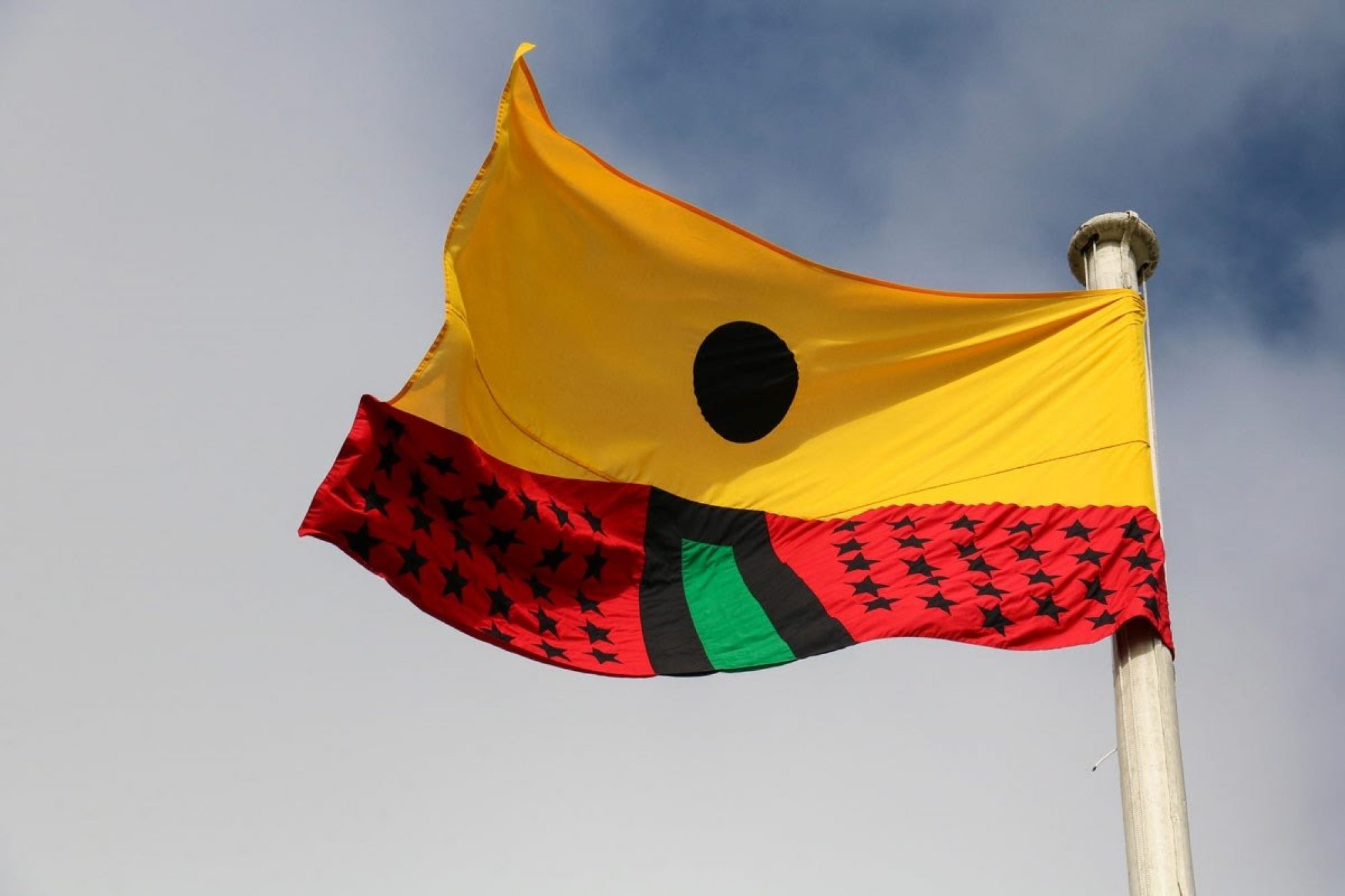
Larry Achiampong: Pan African Flag For The Relic Travellers’ Alliance (Ascension), 2017
As flags have been used throughout history as forms of international propaganda and symbolic ownership, it is not surprising that artists are reworking them in the name of decolonisation. Larry Achiampong’s Pan African Flag For The Relic Travellers (Ascension) manifested as a series of flags but also as a performance, audio, moving image and prose work. The project drew on the rise of nationalism in the wake of Brexit, alongside the African Union’s African passport programme. The artist’s utopian graphic works aimed to represent the possibility of future unity, while reflecting the artist’s own fascination with speculative fiction and computer game narratives. Achiampong was conscious of the disturbing connotations in flags as objects. “Flags have a very colonial tinge to them – the Union Jack, the Star Spangled Banner,” he once pointed out. “That was something I was wary of. What I produced had to feel like it was a beacon of hope.”
Rivane Neuenschwander used multiple self-made flags in an installation to question ongoing themes in her work around politics and Brazilian culture. In 2017, she created a group of hand-sewn flags each labelled with a different country – from India to Columbia – or a blood red graphic proclaiming the word WAR, resembling the retro board game RISK. (WAR was the Brazilian name of the same game). These hand-made, beautiful objects have a sense of the individual and even intimate to them in contrast to the violence she references. The political intention is central here, as she said at the time “It is necessary to reflect, criticize and resist daily.” Highlighting that the gamification of trauma is not without effect, “In the long run, where will the banalization and commodification of violence at this level of atrocity lead us?”
In all these cases, artists are twisting the nationalism and propaganda of the flag into something subversive that upends political, colonial and visual constructs. Here a piece of material waving in the wind, or hanging limp on a wall, or made by hand with dedicated focus make us question how graphic symbols of pseudo-pride are much more than they appear.
All images courtesy the artists. Raise Them Up is part of a series of essays about flags, to mark the publication of Flag Waves: House Flags From The National Maritime Museum.
